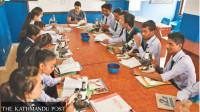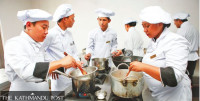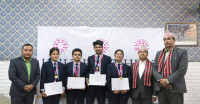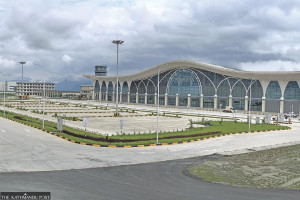Miscellaneous
Many origins of an ancient people
Many scholars of Nepali society and culture argue that Gopal Singh Nepali’s The Newars is the first detailed work on any Nepali ethnic group. Written in the late ’50s, when the author was a scholar at Bombay University, it not only granted him a doctorate degree but also made him one of the most important names in Nepali sociology.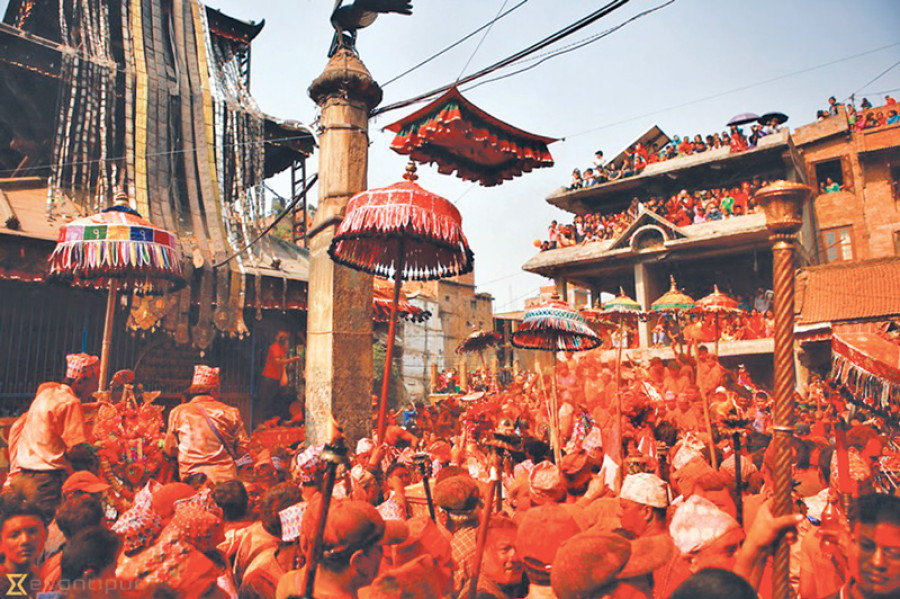
Abhinawa Devkota
Many scholars of Nepali society and culture argue that Gopal Singh Nepali’s The Newars is the first detailed work on any Nepali ethnic group. Written in the late ’50s, when the author was a scholar at Bombay University, it not only granted him a doctorate degree but also made him one of the most important names in Nepali sociology.
This is not to say that works of historical and sociological merit had not been carried out before that. Stories about Nepal, Kathmandu in particular, reached European shores through missionaries and traders centuries ago. Colonel Kirkpatrick published The Account of the Kingdom of Nepaul in 1793. And Brian Hodgson, who was also a British resident in Kathmandu in the first half of the 19th century, spent decades in Nepal and India studying everything from Hinayana Buddhism and martial races of Nepal to the flora and fauna found in the cis-Himalayan region.
But none of them—not even Hodgson, with his proficiency of both Nepali and Newari languages, affinity for martial races, and a close connection with Newar artists—could produce detailed studies on cultures and people of Nepal.
This is why Nepali’s monograph, written at the time when the discipline was not even taught in the country, holds such importance in Nepali scholarship.
A result of extensive research that author Nepali carried out among 300 Newar families in Panga, in Kritipur, and Kathmandu, The Newars also takes into account the distinction between rural and urban Newar communities, as well as of those living in the Hilly and Tarai region of the country.
It is crucial to know the approach of the writer to understand the book. Nepali carries out a functionalist analysis of the Newar society, which means that the focus is not on individual members and everyday affairs but on larger institutions, or core elements, that are considered indispensible for social stability: precisely the reason the book focuses on and is divided into chapters dealing with family and kinship, economy, caste, social organisations and religious activities of the Newars. But functionalism here does more than just facilitate a broader understanding of the group. In the process of outlining the significance of their rites and rituals, religions and social institutions, Nepali also gives us a peek into the antiquity of the group and posits different theories about their origin.
For an ethnic group that has been dwelling in the Valley and its vicinity since ages, the Newars appear to possess a very heterogeneous origin. The term Newar, according to the author, is “applied to designate a number of former ethnic groups who have, through centuries of interbreeding, been welded into a homogenous community,” with the “traditions of individual castes” referring to the ethnic groups and races they hail from.
It is possible that the Kirants and the Abhirs laid the foundation of Newar culture in the Valley. But then, Nepali argues that their language also exhibits Austro-Asiatic traces, which in turn adds ethnic groups like the Danuwars and Manjhis to the list. Other groups that show affinity to the Newars include the Pahari, Hayu (who claim to have come from Lanka), Khasis and Palungs. Later, Vaishya Thakuris and Karnatakas added their own elements to Newar culture, during the time of Lichhavi and Malla rulers respectively, making it an amalgamation as we know now. The term Newar might have itself originated from Nayars, who formed the bulk of Chalukya soldiery and came to Nepal with Karnataka princes. (It is worth noting, according to Nepali, that the Newars are also referred to as ‘Niyars’ by other groups.)
Thus, the overwhelming importance given to Bhairava and Bhairavi among the Newars, some say, is a result of the Austro-Asiatic Munda influence.
The Newar ritual of presenting betel nuts is related to a Khasi custom. Caste division among the group goes back to the time of Jayasthiti Malla, who brought in five brahmins from the plains to divide his people into four Varnas and 64 castes. And goddess Taleju, one of the foremost deities in the Newar pantheon, was brought to the Valley by Harisingha Deo, A Karnatak prince.
Nepali’s work is not just a stunning example of ethnographic study but an unbiased description of a group that is not just multi-racial and multi-ethnic in origin but has also, throughout history, successfully assimilated aspects of foreign cultures into their own. It flies in the face of general perception that conceives ethnicity and ethnic groups as hermetically-sealed elements whose purity and antiquity can be diluted by the slightest rupture that makes way for foreign influences and challenges us to see race, culture and ethnicity in a different light.
A classic in the field of ethnography, its enduring popularity among generations of scholars speaks volumes about the quality and importance of research done by Nepali.
The book is a great source of knowledge and inspiration for scholars and students of the discipline and for others an interesting, engaging read.




 20.12°C Kathmandu
20.12°C Kathmandu



